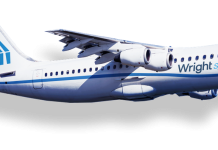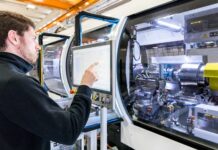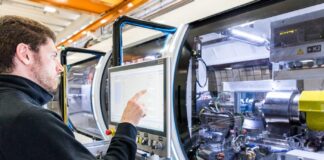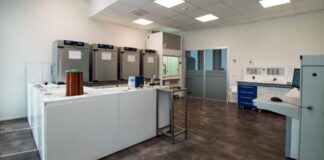Great success for the first recent transition flight test of Prosperity aero-taxi with vertical take-off by the Chinese company AutoFlight, which has risen to an altitude of 150 metres, reaching a maximum speed of 198 km/h. A transition occurs when a plane moves from a vertical to a horizontal motion and it is one of the most committing parts for an eVTOL.
The vertical test flight of the Prosperity I concept has needed eight rotors to lift the 1,500 kg of the electric aircraft into the air. Once the plane has reached an altitude of 150 metres and the relative speed of 160-170 km/h, the fixed-wing part of the eVTOL has generated a lift. In this stage, Prosperity I has entered the transition phase: top rotors have stopped turning and are blocked in an aerodynamic position whereas rear propellers have pushed the aircraft forward as a conventional fixed-wing aircraft.
However, let us go back to the plane: Prosperity I is an innovative eVTOL with declared autonomy of 250 km at a maximum cruise speed of 200 km/h. The design is lift & cruise, with the passenger pod surmounted by a pair of big wings, equipped with long propulsion pods.
AutoFlight hopes to obtain the certification with both the Chinese CAAC and with the European EASA within 2025 to perform the function it has been designed for: short transfers among city zones, transfers to the airport and connections between two neighbouring cities, so avoiding the road traffic. It is estimated that a travel taking hours by car will be reduced to about 10 minutes with eVTOL, without being less safe or more expensive than a taxi ride.









